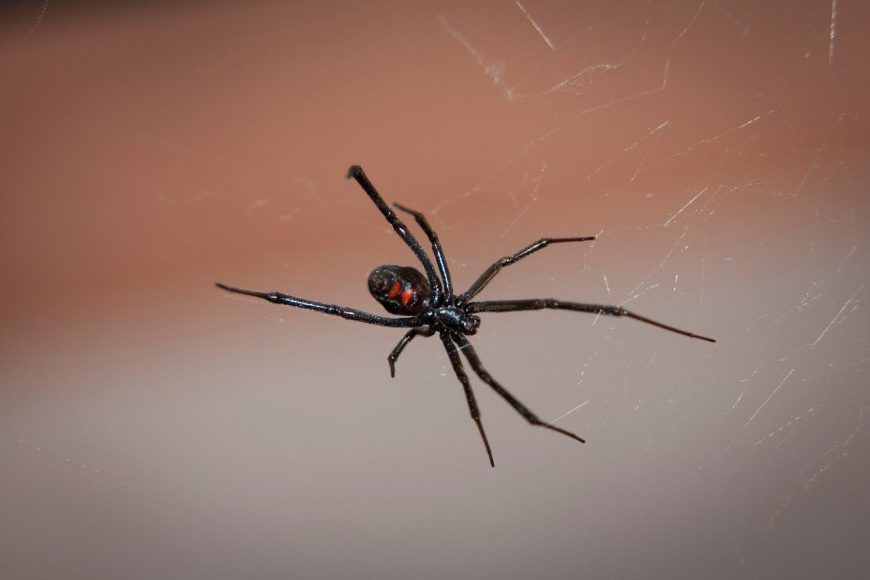Fill out the form below and a Cypress Creek representative will be in touch with you about your pest control needs.
BLOG

Walking In A Winter Spiderland
Ever wonder why you see fewer spiders in the winter in your home? You thought every bug in the world finds its way into the warmth of your cozy abode, but actually, fewer than five percent of the spiders you see indoors have ever been outdoors – and vice versa.
Putting a spider outside in the wintertime, as an ecologically-conscious home owner might do, is not the best decision to help that spider. Once it gets to be wintertime and consistently below freezing, exporting a house spider outside is pretty much a death sentence.
So, what happens to all those outdoor spiders in the winter? If most of them don’t seek shelter inside our homes, how do they survive the frigid winter months?
With more than 40,000 different spider species, found in just about every corner of the world in extremely cold and extremely warm temperatures, some will hibernate the whole way through winter. They’ll find a safe, sheltered area and remain inactive while the temperatures are too low.
But while some types of spider hibernate, others don’t. Some will enter a light form of hibernation known as diapause. Other species will remain active throughout winter and will continue to hunt, feed and forage. If the winter is incredibly mild, don’t be surprised to find many types of spiders skipping hibernation altogether.
Many spider species mate and produce their eggs starting in early fall. As temperatures begin to fall, these spider moms begin carefully choosing the places they lay their eggs. They prefer to lay eggs in hidden, dark and secluded locations like chimneys, downspouts or burrows.
Whether spiders are babies or fully mature adults, they have to undergo a process of cold hardening for winter survival. Spider eggs can’t survive being frozen so these arachnids have come up with different ways to stay alive during the winter months. Because they are cold-blooded, they adapt to the temperature in their surroundings and are able to change their body temperature without causing any harm.
Spiders do this by producing their own form of antifreeze when the temperatures start to drop. They’ll sense the change in weather and produce glycerol, or protein compounds, in their blood. Glycerol gives the insect body “supercooling” ability, allowing body fluids to drop below freezing points without causing ice damage. Glycerol also lowers the freezing point, making insects more cold-tolerant, and protects tissues and cells from damage during icy conditions in the environment. Spiders instinctively know to find shelter as it gets colder, such as piles of rocks, leaves or wood, or inside crevices in tree bark. Those small, sheltered places, combined with their antifreeze, keep them alive until spring, when their glycerol levels drop again.
Another kind of spider produces eggs in the spring. These spiders survive in the winter as young creatures. Once the winter ends, they mature, mate and produce eggs. This category includes wolf spiders, jumping spiders and running spiders.
So don’t fret about spiders having to live outdoors in the cold – they have adapted. It’s the indoor variety that likes the warmth of your home where there’s moisture and food. Spiders are excellent climbers, so they will infiltrate homes by climbing through gaps in windows, siding or roof shingles. Attics, basements, closets and dark pantries are all favorite spider haunts. They also like any place where they can continue catching prey. If you have other pest problems this winter, spiders will come looking to capitalize on them.
Are there too any spiders around for your liking? If they become a bother, contact a pest control professional.

